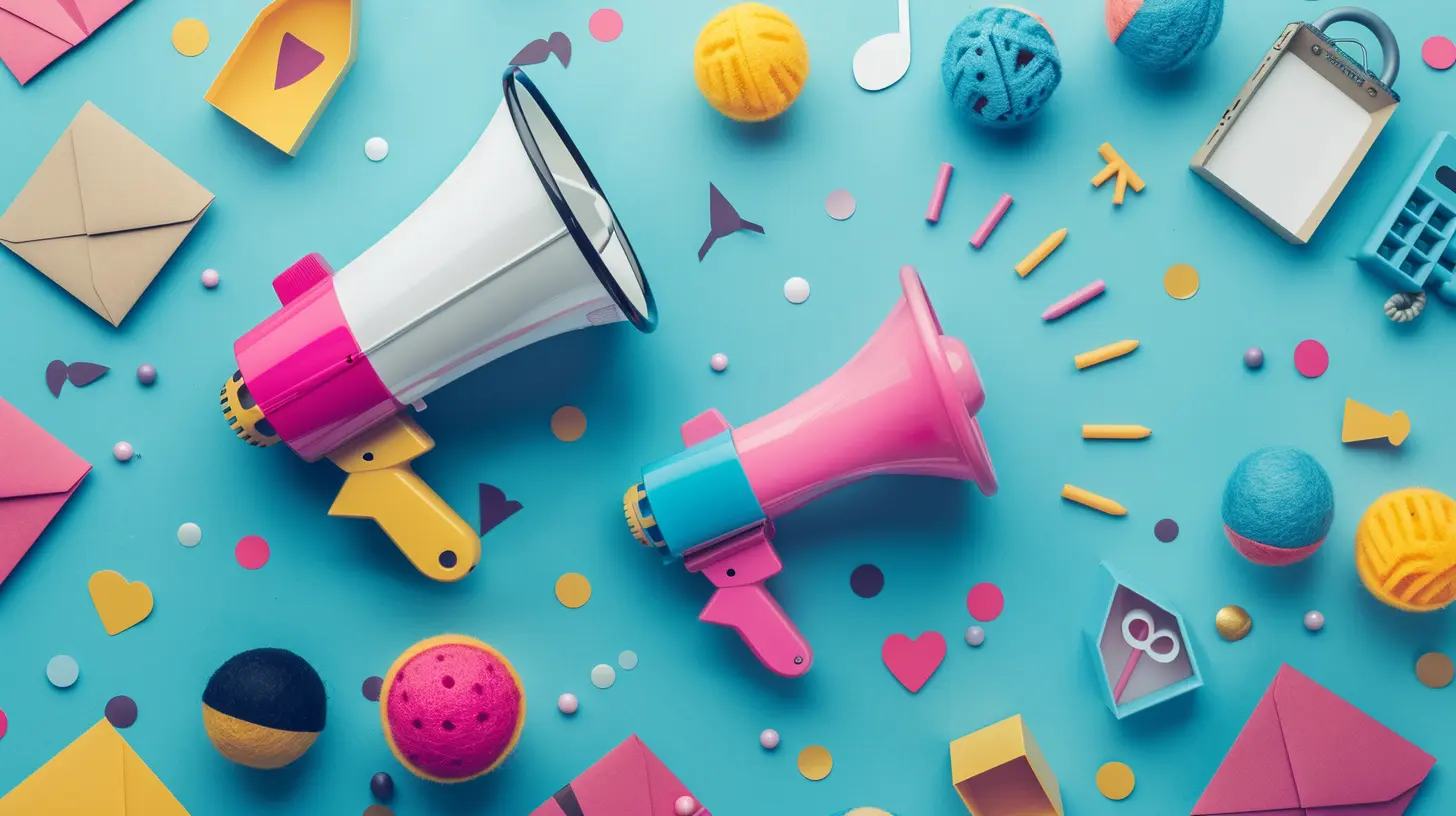The Power of Personalization in Content Strategy
16 October 2025
In today’s digital landscape, consumers are bombarded with information from every direction. Whether it’s emails, social media posts, blog articles, or advertisements, content is everywhere. But here’s the thing—most of it goes unnoticed. Why? Because it lacks one key ingredient: personalization.
Think about it. When was the last time you paid attention to a generic email that started with “Dear Customer”? Probably never. But if a message addresses you by name and offers something relevant to your interests, you’re more likely to engage. That’s the power of personalization in content strategy.
Let’s dive into why personalization matters, the different ways you can implement it, and how it can transform your content marketing efforts.

Why Personalization Matters in Content Strategy
Personalization isn’t just a trend—it’s an expectation. Studies show that 80% of consumers are more likely to do business with a brand that offers personalized experiences. In fact, personalization can increase engagement, build trust, and ultimately drive conversions.1. Increases Engagement
People enjoy content that resonates with them. When you tailor your content to match your audience’s preferences, they are more likely to stay, read, and interact.2. Builds Stronger Relationships
Personalized content makes consumers feel valued. It shows that your brand understands their needs, which fosters trust and can lead to long-term customer loyalty.3. Boosts Conversions
Whether it’s a personalized email, product recommendation, or blog post, relevant content guides users through the sales funnel more effectively.Now that we understand why personalization is so powerful, let’s explore how to implement it in your content strategy.

How to Implement Personalization in Content Strategy
Personalization isn’t just about addressing someone by their first name in emails. It goes far beyond that. Here are some effective ways to personalize your content strategy.1. Know Your Audience
Understanding your audience is the foundation of personalization. The more data you collect, the better you can tailor your content.How to Gather Data:
- Use Analytics – Track demographics, interests, and behaviors using tools like Google Analytics.- Conduct Surveys & Polls – Ask your audience what they want to see.
- Monitor Social Media – Pay attention to comments, shares, and discussions to understand their pain points.
2. Segment Your Audience
Not all of your readers have the same interests, needs, or behaviors. By segmenting them into smaller groups based on demographics, behaviors, or preferences, you can create targeted content that speaks directly to each segment.Ways to Segment Your Audience:
- Demographics (Age, Gender, Location, Occupation)- Purchase Behavior (First-time buyers, Repeat customers, Abandoned cart users)
- Engagement Level (Highly engaged, Occasionally engaged, Rarely engaged users)
3. Create Customized Content
Once you have segments, it’s time to create content that is highly relevant to each group. This can include different blog posts, emails, landing pages, or even personalized product recommendations.For example, if you run a fitness blog, instead of writing a general “Workout Tips” post, you could create:
- “10-Minute Morning Workouts for Busy Professionals” (For working individuals)
- “Post-Pregnancy Exercises for New Moms” (For moms)
- “Strength Training for Beginners” (For fitness newbies)
By catering to specific needs, your content becomes much more valuable.
4. Use Dynamic Content
Dynamic content changes based on user data. This is commonly used in email marketing, websites, and even advertisements.Examples of Dynamic Content:
- Personalized Email Subject Lines – Instead of “Check Out Our New Collection,” try “John, You’ll Love These New Arrivals”- Website Customization – Display product recommendations based on browsing history
- Personalized Blog Recommendations – Suggest articles based on previously read content
This approach makes users feel like the content is made just for them, increasing engagement and conversions.
5. Leverage AI and Automation
AI and automation can take personalization to the next level by analyzing vast amounts of data and delivering highly relevant content in real time.How AI Helps with Personalization:
- Chatbots that recommend content based on user queries- AI-driven product recommendations (like Amazon’s “Customers Also Bought” section)
- Predictive analytics to anticipate user needs
If done right, AI and automation can significantly improve user experience while saving time and effort.
6. Personalize Email Marketing
Email marketing remains one of the most effective channels for personalization. Gone are the days of batch-and-blast emails. Now, people expect emails tailored to their preferences.Ways to Personalize Emails:
- Use the recipient’s name in the subject line- Send emails based on user behavior (e.g., abandoned cart reminders, post-purchase follow-ups)
- Recommend products or content similar to what they’ve previously engaged with
When subscribers receive emails that are relevant to them, they’re more likely to open, read, and take action.
7. Optimize for Personalized User Experience (UX)
Your website should make visitors feel like it was designed just for them.How to Enhance UX with Personalization:
- Geo-targeting – Show location-based content- Smart Pop-Ups – Display offers based on users’ browsing behavior
- Personalized Landing Pages – Tailor landing pages based on source traffic (e.g., social media visitors see a different landing page than email subscribers)
The goal is to create an experience that feels intuitive and highly relevant to each visitor.

The Future of Personalization in Content Strategy
Personalization is becoming more advanced with the integration of AI, predictive analytics, and data-driven insights. Brands that fail to adapt may struggle to keep up with consumer expectations.Here’s what to expect in the future:
- Hyper-Personalization – Even more refined and specific content customization
- Voice & AI Assistants – More integration with smart assistants like Alexa and Google Assistant
- Ethical Data Use – Consumers will demand transparency in how their data is used
To stay ahead, marketers must continue refining their personalization strategies while respecting privacy concerns.

Final Thoughts
Personalization in content strategy isn’t just a nice-to-have—it’s a necessity. If you’re not personalizing your content, you’re missing out on higher engagement, stronger relationships, and increased conversions.Start small. Gather data, segment your audience, and tailor your content to meet their needs. Over time, you’ll not only see better results but also create a more meaningful connection with your audience.
So, are you ready to make your content strategy more personal? Your audience is waiting.
all images in this post were generated using AI tools
Category:
Content MarketingAuthor:

Rosa Gilbert
Discussion
rate this article
1 comments
Macey Allen
This article beautifully captures the essence of personalization in content strategy. In a world flooded with generic content, tailoring messages to individual needs creates genuine connections. Thank you for highlighting how meaningful interactions can transform engagement and drive loyalty. Truly inspiring insights!
October 17, 2025 at 4:37 AM


